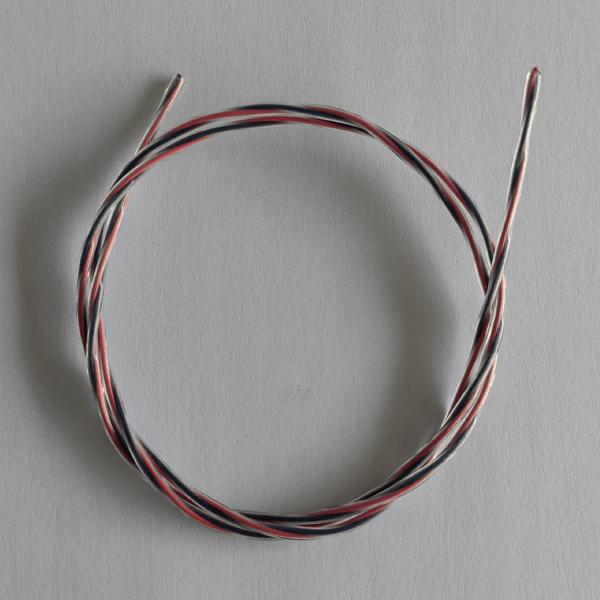When it comes to selecting the right cable for your project, understanding the distinctions between CMP FT6 cable and CMP FT4 cable is crucial. Did you know that the choice of cable can significantly impact both safety compliance and performance in fire-rated environments? This article aims to clarify these differences, helping you make an informed decision that meets your specific needs.
Understanding CMP FT6 and CMP FT4 Cables
Both CMP FT6 and CMP FT4 cables are designed for use in plenum spaces, but they differ in their fire safety ratings and applications.
CMP FT6 Cable
Fire Rating: The "FT6" designation indicates that these cables have passed stringent fire safety tests, making them suitable for use in air-handling spaces. They are engineered to minimize flame spread and smoke emissions.
Applications: CMP FT6 cables are ideal for commercial buildings, data centers, and healthcare facilities where safety is paramount. Their low smoke emission properties make them particularly valuable in high-traffic areas where quick evacuation may be necessary.
Construction: Typically made with high-quality materials that enhance durability and flexibility, CMP FT6 cables can withstand environmental factors such as temperature fluctuations and moisture.
CMP FT4 Cable
Fire Rating:The "FT4" designation indicates a lower level of fire resistance compared to FT6. While still suitable for some plenum spaces, CMP FT4 cables are primarily used in non-plenum areas or where fire safety requirements are less stringent.
Applications: Commonly found in residential buildings or less critical commercial applications, CMP FT4 cables can be used where the risk of fire is lower but still require some level of fire resistance.
Construction: These cables may not be as robust as CMP FT6 cables, which can affect their performance in high-risk environments.
Key Differences Between CMP FT6 and CMP FT4 Cables
| Feature | CMP FT6 Cable | CMP FT4 Cable |
| Fire Resistance Rating | Higher (FT6) | Lower (FT4) |
| Smoke Emission | Low | Moderate |
| Typical Applications | Commercial buildings, data centers, healthcare facilities | Residential buildings, less critical commercial applications |
| Durability | High | Moderate |
Benefits of Choosing CMP FT6 Cable Over CMP FT4 Cable
Compliance with Regulations:Using fire-rated cables helps organizations adhere to local building codes and safety regulations. This compliance protects lives and shields businesses from potential legal liabilities.
Enhanced Safety Features: The low smoke and flame spread characteristics of CMP FT6 cables significantly reduce risks during emergencies. In high-stakes environments like hospitals or data centers, this feature can be life-saving.
Versatile Installation Options: Their design allows for flexible installation in various environments without compromising safety. This versatility means they can be used in new constructions as well as retrofits.
Cost-Effectiveness: While CMP FT6 cables may have a higher upfront cost compared to standard cables, their durability and compliance can lead to long-term savings by reducing the risk of fire-related incidents.
Relatable Example
Imagine a bustling office building where multiple communication lines run through the plenum space. By utilizing CMP FT6 cables, facility managers ensure that in the event of a fire, the risk of smoke inhalation is minimized, thereby protecting employees and assets alike. This proactive approach not only meets regulatory standards but also fosters a culture of safety within the organization.
Making an Informed Choice
When deciding between CMP FT6 and CMP FT4 cables, consider the following factors:
- Project Requirements: Assess the specific needs of your project regarding fire safety and compliance. If your installation is in a high-risk area, opting for CMP FT6 is advisable.
- Budget Considerations: While CMP FT4 cables may be less expensive initially, consider the long-term implications of using lower-rated cables in critical environments.
- Manufacturer Reputation: Choose cables from reputable manufacturers known for quality and compliance with industry standards. Researching customer reviews can guide your decision-making process.
Conclusion
In summary, understanding the differences between CMP FT6 cable and CMP FT4 cable is essential for ensuring safety and compliance in various applications. By prioritizing high-quality CMP FT6 cables for your projects, you not only adhere to regulations but also protect lives and property. Check out Horle high-performance CMP FT6 cable here!








